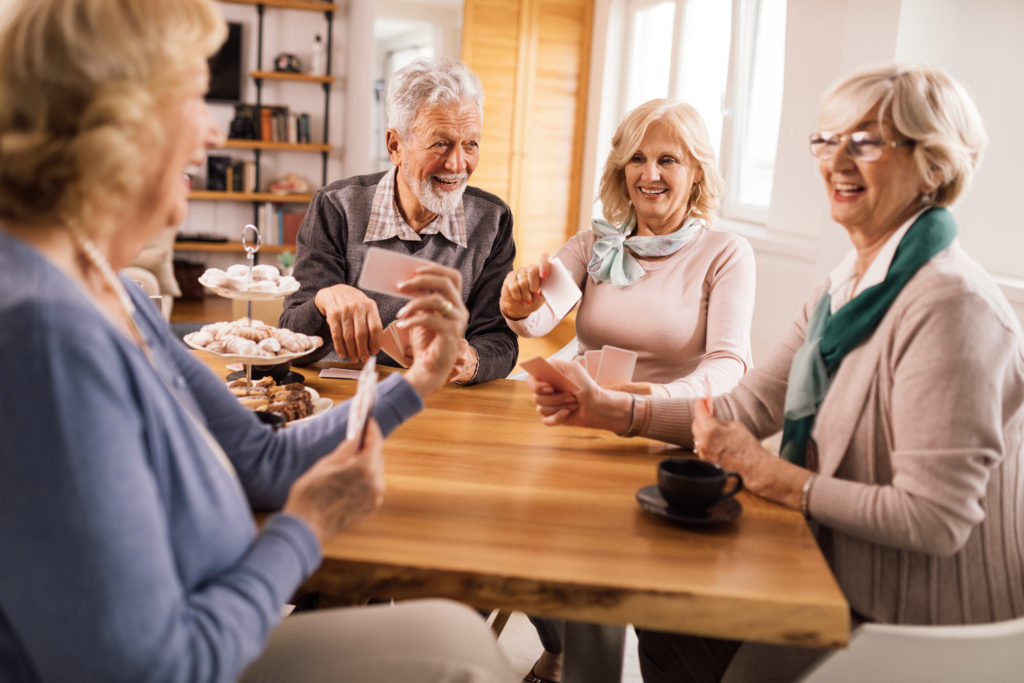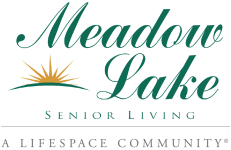
Research begun in the 1970s on seniors and social connections continues to support the importance of social ties to physical and mental health as well as overall feelings of well-being.
In fact, a study conducted in Canada found a correlation between a senior’s sense of belonging and their perception of their own health.
Other studies have found decreases in health problems, and increases in self-esteem and immune response among seniors who report feelings of connections to their community and the presence of friends and acquaintances in their lives.
According to the website healthyaging.org, the term social connectedness refers to a person’s level and quality of contact with other people—and this contact is vital to healthy aging.
The data on the importance of social connection is clear, particularly for older adults. But how can we seek out, nurture, and maintain these connections? And how does living in a retirement community affect our ability to find meaningful friendships?
A 2020 article in the American Journal of Geriatric Psychiatry noted that overcoming barriers to social engagement is often more difficult for older adults. One of the greatest advantages to living in a retirement community, particularly a Life Plan Community, is the ease of overcoming barriers. Rather than rely on personal or public transportation to seek out social connection, opportunities for interaction abound on a retirement community campus.
In addition, a community setting will likely have the recreational therapists, fitness professionals, counselors, and social workers on staff who can help residents develop a “Connections Plan,” as researchers recommend. These community experts are often trained to recognize and overcome barriers to social connection, helping residents change thoughts and behaviors that prevent social engagement.
Other specific recommendations for making and maintaining social connections include these strategies:
- Explore Activities, Clubs, Amenities, and Events on Campus. Life Plan Communities have myriad ways to get and stay involved socially, from book clubs to walking buddies.
- Seek Out Ways to Get Involved and Volunteer. Giving back can help us break out of negative thought patterns and see the world from a different perspective.
- Set Reasonable Goals. Use a calendar and choose one new activity per week to try—or whatever pace feels comfortable to you. By stepping out of your comfort zone a bit, you’ll open yourself up to possibilities for new experiences and friendships.
- Exercise with a Friend. Taking a walk or a fitness class with a resident companion gives the double benefit of physical wellness and social interaction. Plus, exercising with someone else holds us accountable, making us more likely to follow through on our exercise commitment.
- Pursue a New Skill, Class, or Passion. Have you always wanted to learn more about photography? Study art history? Master conversational Spanish? You’ll find retirement community neighbors with similar interests when you seek out opportunities to learn.
- Continue to Nurture Existing Friendships and Wider Community Connections. Living in a retirement community doesn’t mean giving up your previous friendships. In fact, you may be able to introduce new neighbors to old friends, forging new social bonds for everyone.
- Stay in Touch with Distant Family and Friends. Social media and technology can have a positive place in your toolkit of social connection strategies—and can provide a great way to stay in touch. Many retirement communities provide Zoom and Skype on computers for just this purpose—and you’ll probably make a new friend who will show you how to use the equipment!
Moving to a new environment provides an opportunity to make new friends and enjoy new experiences. Having a plan, setting goals, and knowing that it’s ok to feel a little uncomfortable at first will help you make connections with other retirement community residents—and enjoy all the health and wellness benefits of social interaction!
Nestled on 92 beautifully landscaped acres, Meadow Lake is a private residential neighborhood focused on the beauty of the outdoors. We have a rich history of providing high quality care to seniors while representing a visionary model that few other senior care providers have been able to achieve.
